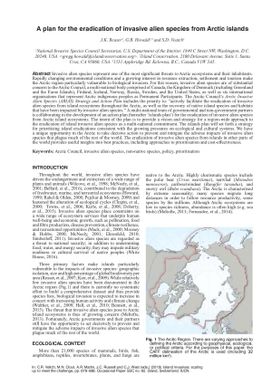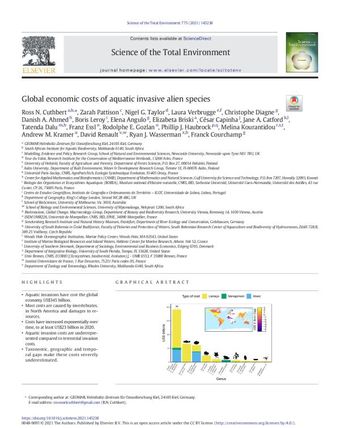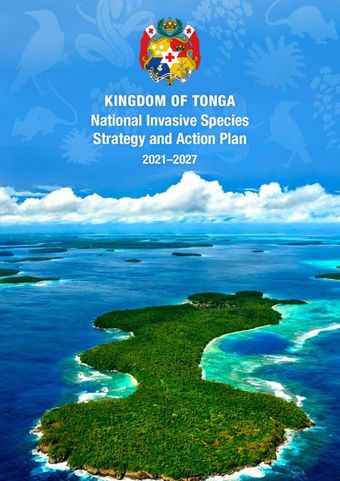A plan for the eradication of invasive alien species from Arctic islands
- Description:
- Invasive alien species represent one of the most significant threats to Arctic ecosystems and their inhabitants. Rapidly changing environmental conditions and a growing interest in resource extraction, settlement and tourism make the Arctic region particularly vulnerable to biological invasion. For this reason, invasive alien species are of substantial concern to the Arctic Council, a multi-national body comprised of Canada, the Kingdom of Denmark (including Greenland and the Faroe Islands), Finland, Iceland, Norway, Russia, Sweden, and the United States, as well as six international organisations that represent Arctic indigenous peoples as Permanent Participants. The Arctic Councils Arctic Invasive Alien Species (ARIAS) Strategy and Action Plan includes the priority to: actively facilitate the eradication of invasive alien species from island ecosystems throughout the Arctic, as well as the recovery of native island species and habitats that have been impacted by invasive alien species. A multi-national team of governmental and non-government partners is collaborating in the development of an action plan (hereafter islands plan) for the eradication of invasive alien species from Arctic island ecosystems. The intent of the plan is to provide a vision and strategy for a region-wide approach to the eradication of island invasive alien species as a multi-national commitment. The islands plan will set forth a strategy for prioritising island eradications consistent with the growing pressures on ecological and cultural systems. We have a unique opportunity in the Arctic to take decisive action to prevent and mitigate the adverse impacts of invasive alien species that plague much of the rest of the world. The eradication of invasive alien species from islands in other parts of the world provides useful insights into best practices, including approaches to prioritisation and cost-effectiveness.
- Display date:
- 2019
- Collections:
- Secretariat of the Pacific Regional Environment Programme (SPREP)
- Publisher:
- International Union for Nature Conservation (IUCN)
- Content partner:
- Secretariat of the Pacific Regional Environment Programme (SPREP)
- Availability:
- Not specified
-
Copyright status: All rights reservedFind out more about what you are able to do with this itemThis item is all rights reserved, with means you'll have to get permission from Secretariat of the Pacific Regional Environment Programme (SPREP) before using it. For more information, please see our use and reuse page.What can I do with this item?Non-infringing useNZ copyright law does not prevent every use of a copyright work, and this item may be hosted by an international institute or organisation. You should consider what you can and cannot do with a copyright work.No sharingYou may not copy and/or share this item with others without further permission. This includes posting it on your blog, using it in a presentation, or any other public use.No modifyingYou are not allowed to adapt or remix this item into any other works.No commercial useYou may not use this item commercially.
Related items
Welcome and warm Pasifik greetings
The information on this site has been gathered from our content partners.
The names, terms, and labels that we present on the site may contain images or voices of deceased persons and may also reflect the bias, norms, and perspective of the period of time in which they were created. We accept that these may not be appropriate today.
If you have any concerns or questions about an item, please contact us.


